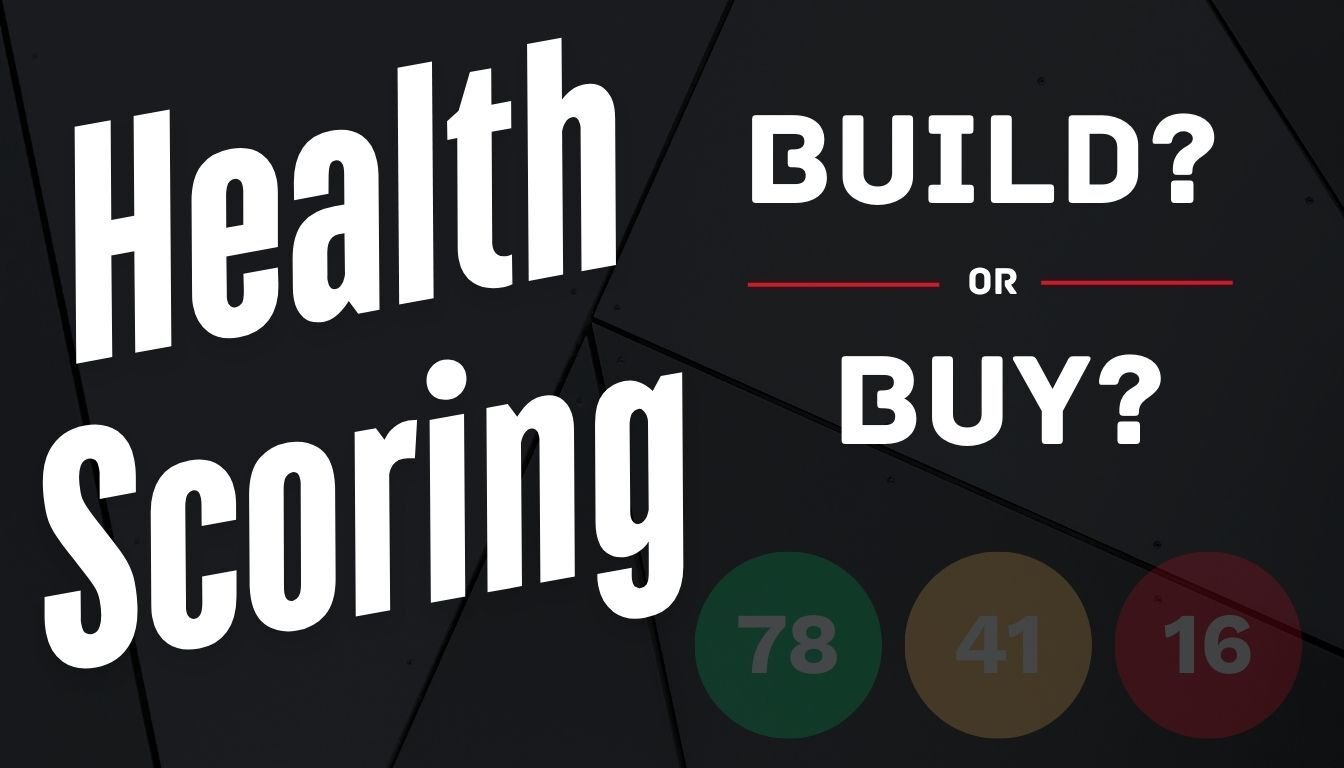Reduce SaaS Churn with Churn Assassin
In the world of SaaS companies, keeping your customers from leaving is super important. When customers leave, it directly impacts your business's...
2 min read
Brian Polackoff
:
Feb 9, 2024 10:27:00 AM

In the bustling marketplace of today, the importance of acquiring new customers cannot be overstated. However, smart businesses know that the true key to sustainable growth lies not just in attracting new faces but in keeping the old ones. Customer retention is the unsung hero of the business world, a critical strategy that builds a loyal customer base and drives profitability. In this article, we'll dive into the world of customer retention, exploring its significance and the tools that can help businesses not only survive but thrive.
Customer retention refers to a company's ability to turn customers into repeat buyers and prevent them from switching to competitors. It's a marker of customer satisfaction, loyalty, and the value a business provides. But why is it so crucial?
Understanding the importance of customer retention is the first step. The next is implementing strategies and tools that help you achieve it.
Leveraging the right tools can significantly enhance your customer retention efforts. Here's a look at some essential tools and how they can be used:
What They Are: CRM systems help businesses manage and analyze customer interactions and data throughout the customer lifecycle.
How They Help: By centralizing customer information, CRMs enable personalized communication, timely follow-ups, and better customer service, fostering a positive customer experience and loyalty.
What They Are: These platforms allow businesses to send targeted, personalized email campaigns to their customers.
How They Help: Email marketing is a powerful tool for retention, allowing businesses to stay in touch with customers, inform them about new products or services, and offer exclusive deals.
What They Are: Loyalty programs reward customers for their repeat business with discounts, rewards, or special offers.
How They Help: By incentivizing repeat purchases, loyalty programs enhance customer satisfaction and loyalty, encouraging customers to keep coming back.
What They Are: These tools enable businesses to collect and analyze customer feedback and satisfaction levels.
How They Help: Understanding customer needs and addressing their concerns promptly can significantly improve customer satisfaction and retention.
What They Are: These tools analyze customer behavior and preferences, providing insights into what keeps customers coming back.
How They Help: Data-driven insights allow businesses to make informed decisions, tailor their offerings, and create a personalized customer experience.
What They Are: These tools help businesses manage their presence on social media platforms.
How They Help: Engaging with customers on social media, responding to their queries, and posting relevant content can strengthen customer relationships and loyalty.
To effectively utilize customer retention tools, consider the following best practices:
In a world where competition is fierce, and customer expectations are high, retention is as important—if not more so—than acquisition. By understanding the importance of customer retention and equipping your business with the right tools, you can build a loyal customer base that drives growth and profitability. Remember, the goal is not just to sell but to create an ongoing relationship that benefits both your customers and your business for years to come.

In the world of SaaS companies, keeping your customers from leaving is super important. When customers leave, it directly impacts your business's...

In B2B SaaS, understanding and proactively managing customer health is paramount to sustained growth and profitability. A robust customer health...

The Software as a Service (SaaS) industry has been growing exponentially, with numerous startups emerging each year, despite the high failure rate....